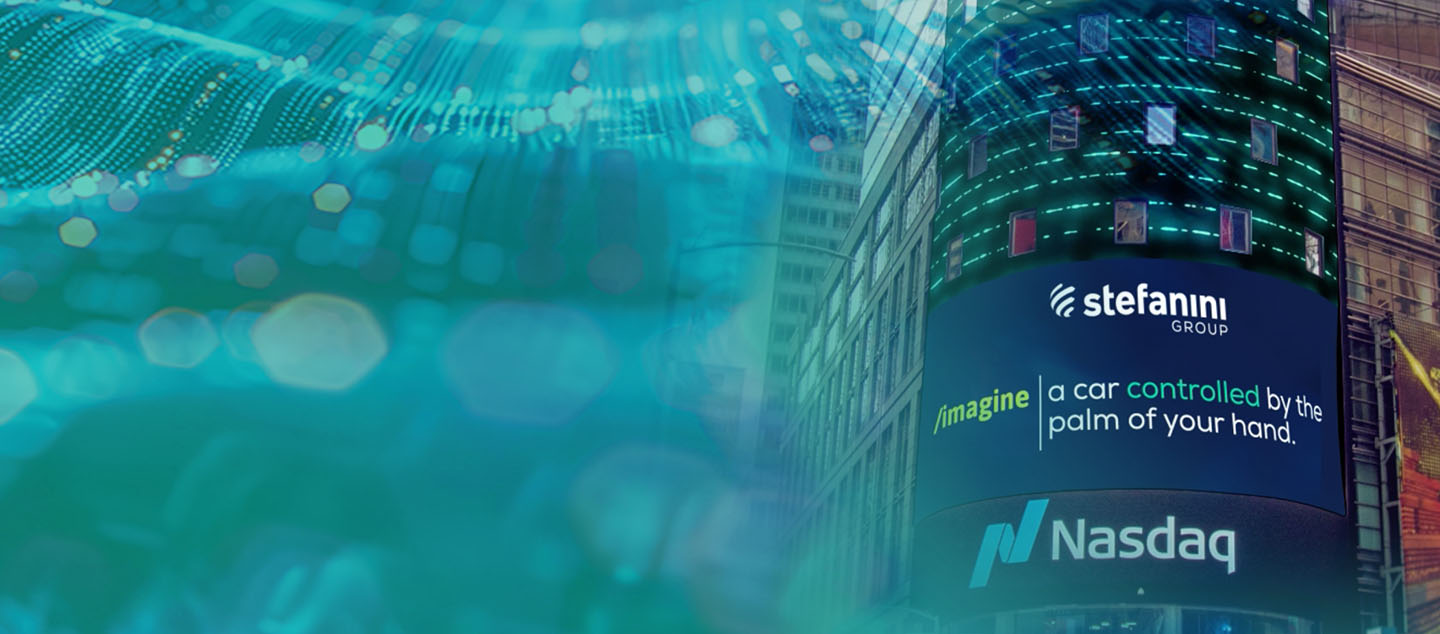Technical and business expertise should be accessible. What’s more, this process should be possible without extensive and costly training. Democratization of technology, the third of Gartner’s Top 10 Strategic Technology Trends for 2020, allows for these aspects and much more.
It focuses on four key areas and is often referred to as “citizen access,” which has led to the rise of citizen data scientists, citizen programmers and more. According to Forbes, through 2023, Gartner expects four key aspects of the democratization trend to accelerate:
1. Democratization of development
AI PaaS provides access to sophisticated AI tools to leverage custom-developed applications. These solutions provide AI-model-building tools, APIs and associated middleware that enable the building/training, deployment and consumption of machine learning models running on prebuilt infrastructure-as-cloud services. These cover vision, voice, and general data classification and prediction models of any type.
2. Democratization of Data and Analytics
The tools used to build AI-powered solutions, including AI infrastructure, AI frameworks and AI platforms, were once catered to data scientists. Now the tables have turned, and the tools, including AI platforms and AI services, are now targeting the professional developer community and the citizen data scientist. According to Gartner, these may be tools designed “to generate synthetic training data, which helps address a substantial barrier to ML model development.”
3. Democratization of Design
The jobs of professional developers can be made easier with the help of AI. How? According to Gartner, “low-code application development platform tools used to build AI-powered solutions are themselves being empowered with AI-driven capabilities,” automating the development process of AI enhanced solutions.
4. Democratization of Knowledge
Non-IT professionals are able to access powerful tools and expert systems, enabling them to make full use of specialized skills and apply them well beyond their own knowledge and experience. Gartner says that “dealing with the issues around ‘shadow AI’ in this user-led environment will be a challenge.”
Consequence of Democratization
Gartner describes shadow AI as a “natural consequence of democratization where individuals without formal training exploit easy-to-use tools to develop their own AI-powered solutions and provide peer-to-peer support to others in similar efforts.”
On the bright side, citizen data scientists, integrators and developers can take advantage of the many opportunities that democratization presents them with. Business users can utilize easy-to-use tools that will allow them to create AI-powered models and analytics.
Democratization of Application Development
The partnership between professional data scientists and application developers is crucial for the successful creation of AI-enhanced solutions. The developer can take advantage of an ecosystem of AI models. In addition, they can utilize the easy-to-configure development tools designed to develop a solution based on the integration of AI capabilities and models.
Gartner mentions that “some AI PaaS services are complete models that a developer can simply call as a function, pass the appropriate parameters and data, and obtain a result,” and that “others may be pre-trained to a high level but require some additional data to customize the models.” Although a model can be pre-trained for image recognition for example, it still requires a training dataset to enable the recognition of specific images.
Low-Code, No-Code and the Citizen Developer
Gartner reports that by 2024, “low-code application development will be responsible for more than 65% of application development activity,” and that “75% of large enterprises will be using at least four low-code development tools for both IT application development and citizen development initiatives.”
Augmented Analytics and the Citizen Data Scientist
In order for businesspeople to act as citizen data scientists to utilize data without the help of professional data scientists, the use of ML and AI-assisted data preparation, insight generation, and insight explanation is necessary. There are three ways in which augmented analytics can democratize analytics and AI:
1. Augmented Data Generation and Preparation
“Uses ML automation to augment data creation, profiling, quality, harmonization, modeling, manipulation, enrichment, cataloging and metadata development.”
2. Augmented Analytics as part of Analytics and Business Intelligence (BI)
“Enables business users and citizen data scientists to automatically discover, visualize and narrate relevant findings without building models or writing algorithms.”
3. Using ML to Automate Data Science and AI Modeling
This includes “feature engineering, automated machine learning (autoML) for model selection, model operationalization, model explanation and, ultimately, model tuning and management.”
How can Stefanini assist you with your democratization needs? Call us today to find out!
References:
Gartner: Top 10 Strategic Technology Trends for 2020
Gartner: Gartner Top 10 Strategic Technology Trends for 2020
Forbes: Gartner Announces Top 10 Strategic Technology Trends for 2020
With over 30 years of expertise in the technology market, Stefanini drives business in companies of all sizes.
Contact us today to take advantage of the latest technology trends and apply them to grow your business.



















